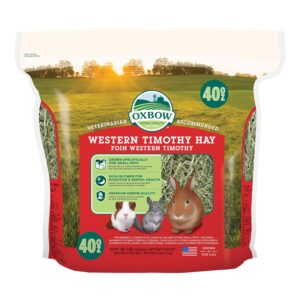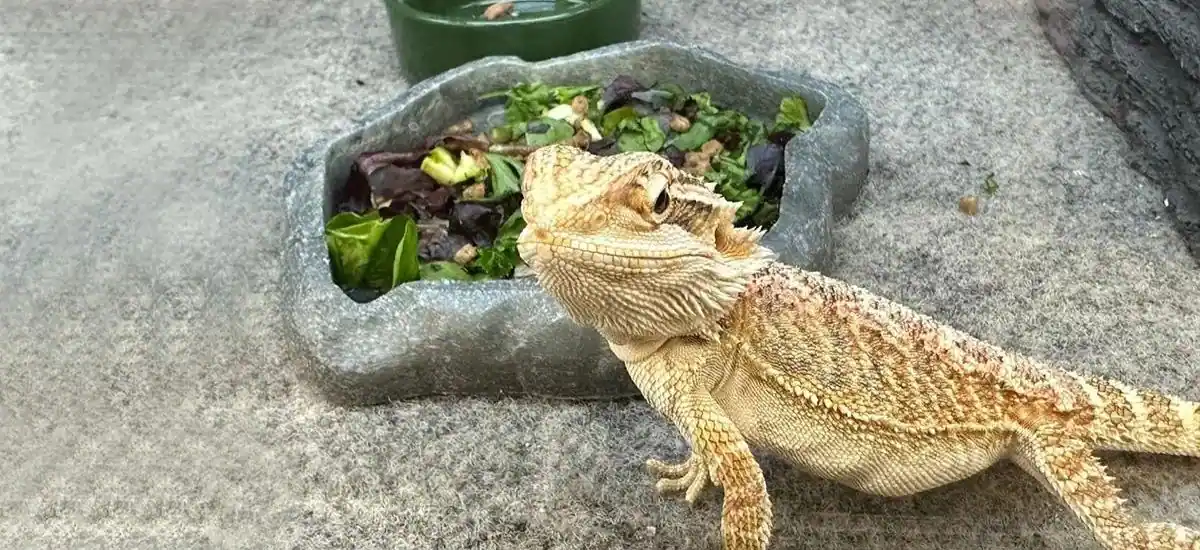Guinea pigs are not just adorable; they’re a bundle of joy with specific dietary needs that ensure they stay healthy and lively. Like us, guinea pigs thrive on a varied diet that keeps mealtime exciting and nutritionally balanced. Bell peppers, with their bright colors and sweet taste, might be a perfect addition to spice up your guinea pig’s diet. But the big question is, are they safe for our little furry friends?
Nutritional Benefits of Bell Peppers for Guinea Pigs
Bell peppers are a powerhouse of nutrients, offering a spectrum of benefits that can significantly enhance your guinea pig’s health:
- Vitamin C Galore: Unlike humans, guinea pigs can’t produce their Vitamin C, making it essential to include vitamin-rich foods in their diet. Bell peppers are an excellent source, especially the red variety, which contains about 209 mg per 100 grams—talk about a vitamin boost!
- Low in Calories: Bell peppers are also low in calories, making them a healthy treat that won’t disrupt your pet’s weight management.
- Rich in Antioxidants: These veggies come packed with antioxidants, which help combat free radicals, reducing the risk of chronic diseases.
To keep your guinea pig’s diet nutritionally balanced, it’s crucial to supplement their meals with high-quality hay, their primary fiber source. Oxbow Western Timothy Hay, available on Amazon, is an excellent choice for ensuring your guinea pig gets the right amount of fiber to support digestion and dental health. Pairing their diet with veggies like bell peppers and this premium hay will keep your furry friend healthy and happy.

How to Safely Introduce Bell Peppers to a Guinea Pig’s Diet
Introducing any new food to your guinea pig should be done gradually to avoid upsetting their sensitive digestive systems. Here’s a step-by-step guide to safely introducing bell peppers:
Start Small: Begin with a small piece of bell pepper to see how your guinea pig reacts.
Observe: Keep an eye out for any signs of digestive upset or allergic reactions over the next 24 hours.
Increase Gradually: If all goes well, gradually increase the amount over several days, allowing the digestive system to adjust.
Different Colors of Bell Peppers and Their Benefits
Bell peppers come in a variety of colors, and each offers unique nutritional benefits that can complement your guinea pig’s diet:
- Green Bell Peppers: These are harvested earlier before they have a chance to turn yellow, orange, and then red. They are slightly less sweet and bitter compared to their colorful counterparts but still offer a good amount of Vitamin C and fiber.
- Red Bell Peppers: Packed with the most nutrients among all bell peppers, they are rich in vitamins C and A, which are essential for maintaining good health and vision. They are also sweeter, making them more palatable to some guinea pigs.
- Yellow Bell Peppers: These are in between green and red bell peppers in terms of ripeness. They have a milder taste and contain a good amount of vitamins and antioxidants.
Potential Risks and Considerations
While bell peppers are generally safe and beneficial for guinea pigs, there are a few things to keep in mind to ensure they remain a healthy treat:
- Seeds and Stems: Always remove the seeds and stems from bell peppers before feeding them to your guinea pig, as they can be a choking hazard and may contain harmful substances.
- Portion Control: Despite their health benefits, bell peppers should only be a supplement to the guinea pig’s primary diet of hay and pellets. Overfeeding bell peppers can lead to diarrhea and other digestive issues due to their high sugar content.
- Variety is Key: Just like humans, guinea pigs enjoy a varied diet. Mix bell peppers with other vet-approved veggies to provide a wide range of nutrients and keep your guinea pig interested in their food.
Tips for Incorporating Bell Peppers into Guinea Pig Diets
To make bell peppers a regular part of your guinea pig’s diet while keeping mealtime fun and nutritious, try these tips:
- Mix and Match: Combine chopped bell peppers with other guinea pig-friendly vegetables like cucumber, zucchini, and leafy greens to create a colorful and enticing meal.
- Routine Treats: Establish a routine by offering bell peppers on specific days of the week. This helps in maintaining dietary balance and preventing overfeeding.
- Serving Suggestions: Serve bell peppers raw to preserve their nutritional content. Cut them into small, manageable pieces to make it easy for your guinea pig to eat.
Frequently Asked Questions
Q1. Can guinea pigs eat bell pepper stems?
Ans. No, bell pepper stems can be tough to digest for guinea pigs. Always remove the stems and seeds before offering bell peppers to your pet.
Q2. How often can guinea pigs eat bell peppers?
Ans. Bell peppers can be given 2-3 times a week. This frequency ensures that your guinea pig enjoys the benefits of bell peppers without the risk of overconsumption.
Q3. Do bell peppers need to be organic for guinea pigs?
Ans. While organic bell peppers are ideal to avoid pesticide exposure, they can be more expensive. If non-organic, wash them thoroughly under running water to minimize any chemical residue.
Conclusion
Bell peppers are a vibrant, nutritious addition to a guinea pig’s diet when introduced properly and fed in moderation. They provide essential vitamins and can help prevent scurvy due to their high vitamin C content. Remember to vary the colors and types of vegetables you feed, along with staple Guinea Pig foods like hay and fortified pellets, to ensure a balanced diet. Monitoring how your guinea pig reacts to new foods like bell peppers is key to a happy and healthy companion.
Related Posts:-
- Top & Unique 6 Best Bearded Dragon Substrates
- Can Bearded Dragons Eat Eggs? Is It Safe!
- Can Bearded Dragons Eat Swiss Chard? Full Guide




